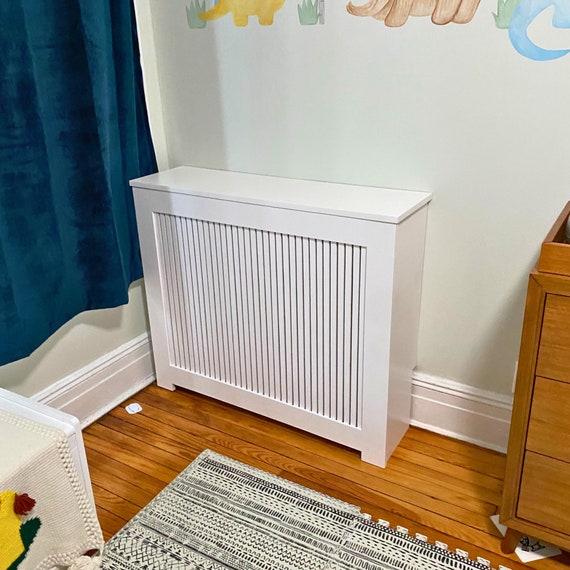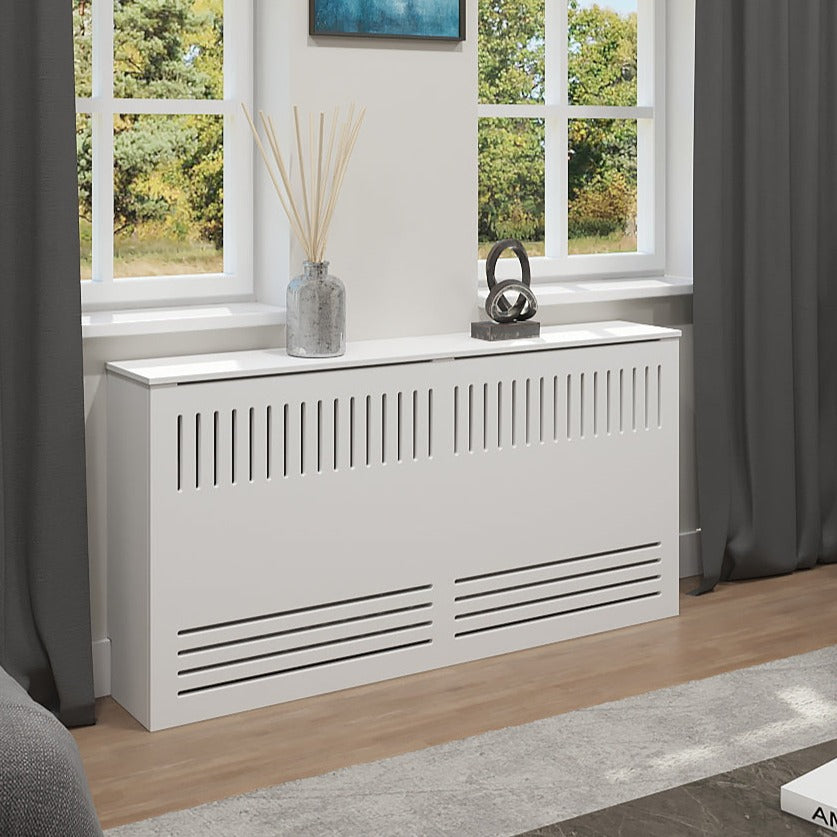About Radiator Covers
The 4-Minute Rule for Radiator Covers
Table of ContentsRadiator Covers for BeginnersThe Radiator Covers IdeasRadiator Covers Things To Know Before You BuyThe Radiator Covers Statements6 Simple Techniques For Radiator CoversGetting The Radiator Covers To Work
Over at the Old Home Internet, Amy Hayden blogged about 5 Benefits to Making Use Of Radiator Covers. This has started a bit of an argument: Are rad covers helpful or do they throw away energy? Hayden composed, "Radiators are a good source of warmth, but they additionally occupy important square video ...They may be called radiators, however they should possibly be called convectors, considering that the bulk of the heat that we obtain from a traditional rad is moved by convection. In convection, air warmed between the fins of the radiator climbs to the ceiling and is bossed around the area in a circle.
Radiator Covers Things To Know Before You Buy
Hayden wrote, "Radiator covers with the proper backing can distribute warmth extra successfully than an exposed radiator. Rather than the warm going straight to the ceiling, the back allows it to be pressed into the home." Lloyd Alter It holds true that radiators ought to have a proper reflective support; I use foil-faced bubble wrap insulation; it reflects a little of the emitted heat that would certainly have been absorbed by the wall surface back right into the room and the radiator.
Radiator covers can be useful in older buildings designed after the influenza epidemic of 1918 - radiator covers. Then, as holds true now, health and wellness officials thought that fresh air was the way to stay clear of obtaining conditions and that people need to copulate open windows. Dan Holohan creates in "The Lost Art of Heavy Steam Home Heating" that in New York City City, the Board of Health ordered that home windows should stay open regularly, and the radiators were developed to keep structures cozy on the coldest day of the year with the windows open
The Basic Principles Of Radiator Covers
Some radiators, like copper finned modern rads, included important covers, often with dampers to adjust the convection; they, like steam rads, require covers because they are as well hot to touch. However, for a standard actors iron rad that a person discovers in old homes, attached to a hydronic system, a cover isn't needed for safety.
, Holohan noted that some radiators can get precariously hot. He described a claim where a kid rolled off the bed and got stuck between the radiator and the bed and endured significant burns.
As a common heating appliance, radiators are not there merely to look pretty but to maintain your home warm using all-natural convection. With even more emphasis on interior layout, these home appliances can prove undesirable and sidetrack from the remainder of the carefully outlined aesthetic appeals of a room. To align a radiator to the style of the rest of your space, you can cover one up though this does come with ramifications for the heating.
A radiator cover is basically a means of concealing a radiator to obscure it from sight. They normally come in 2 products, timber and galvanised steel. Wood is thought about one of the most typical product for a radiator cover as additional info it merely looks much better. This is although that wood is not a great conductor of heat yet it is good for childproofing so is perfect for a young family members.
Radiator Covers for Beginners

Not just can they childproof the home appliance and include a visually pleasing layout, however a radiator cover can additionally include added storage space, specifically in the restroom. With a level surface area, you ought to have the ability to store soaps and scents to keep them within easy reach. By repurposing the room, the radiator cover can become a makeshift mantelpiece.
That is definitely the instance with radiator covers and they can limit the performance of your main heating unit. By disrupting the flow of warm air and the natural convection, you can endure heat loss site here and get to for the thermostat when you actually need to not need to. Effectively, a radiator cover can cost you money by exceedingly investing on heating you are not taking pleasure in.
Radiator Covers Fundamentals Explained
These include hemorrhaging the radiators, using reflective support, and keeping a gap for the radiator. Many families need to be hemorrhaging their radiators at the very least annually. The job aids to get rid of any kind of trapped air which can be stopping the warm water from navigating the appliance. It also only takes a min or two to bleed a radiator and is an excellent method to increase its efficiency.
Radiators function by all-natural convection, as chilly air sinks to the bottom of the wall surface, it comes right into call with the radiator then warms up and increases as the air comes to be less dense. The cozy air effectively warms up an area. Nonetheless, if you were to put items next to the radiator, such as a sofa, or border one with a radiator cover, then this would certainly hinder the natural convection and you would not be able to feel the complete benefits of the home heating.
Radiator covers may be a good alternative if you have kids running about and need a method of preventing them from burning themselves on the hot surface area. While a cover ought to look excellent to conceal a radiator, any kind of material that blocks a heating appliance will reduce its performance. To offer a full design, the radiator cover ought to go over the shutoffs, as well as the heating unit and pipes.
Facts About Radiator Covers Uncovered

And thats my concern: how do I go around identifying if my radiators should have covers? I have a close friend that thinks the issue is simple: a cover catches the warm, so eliminating the cover will permit the warmth to much better enter the area and will certainly make the radiator much more efficient.
Which my question: just how do I tackle determining if my radiators should have covers? I have a buddy that believes the issue is basic: a cover traps the warmth, so eliminating the cover will certainly enable the warmth to better go into the room and will certainly make the radiator extra effective.
And thats my inquiry: my response just how do I tackle identifying if my radiators should have covers? I have a close friend who thinks the problem is easy: a cover traps the heat, so getting rid of the cover will permit the warmth to much better enter the space and will certainly make the radiator much more reliable.